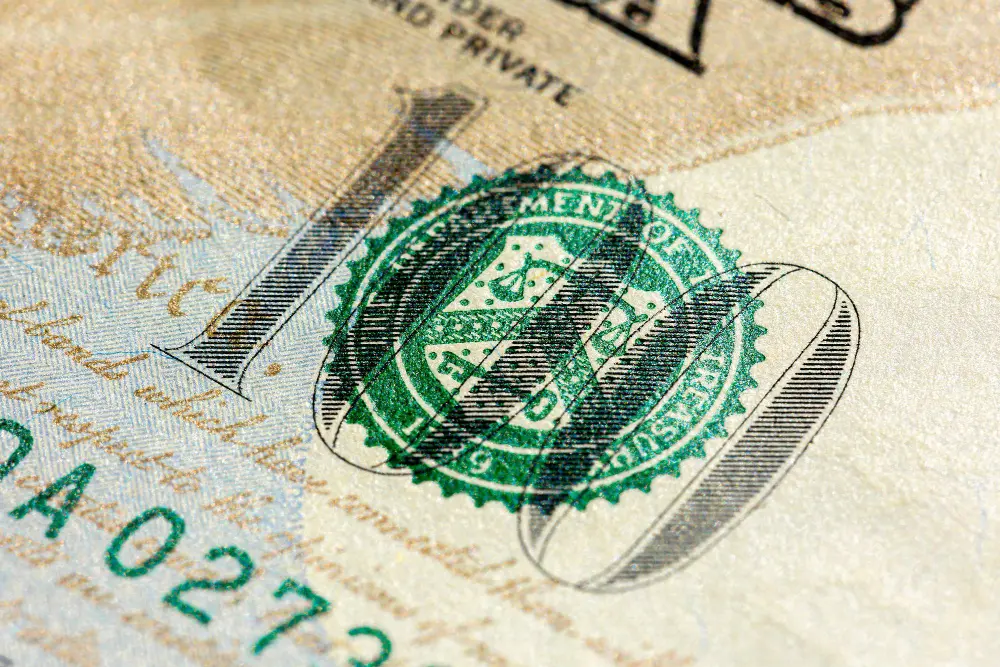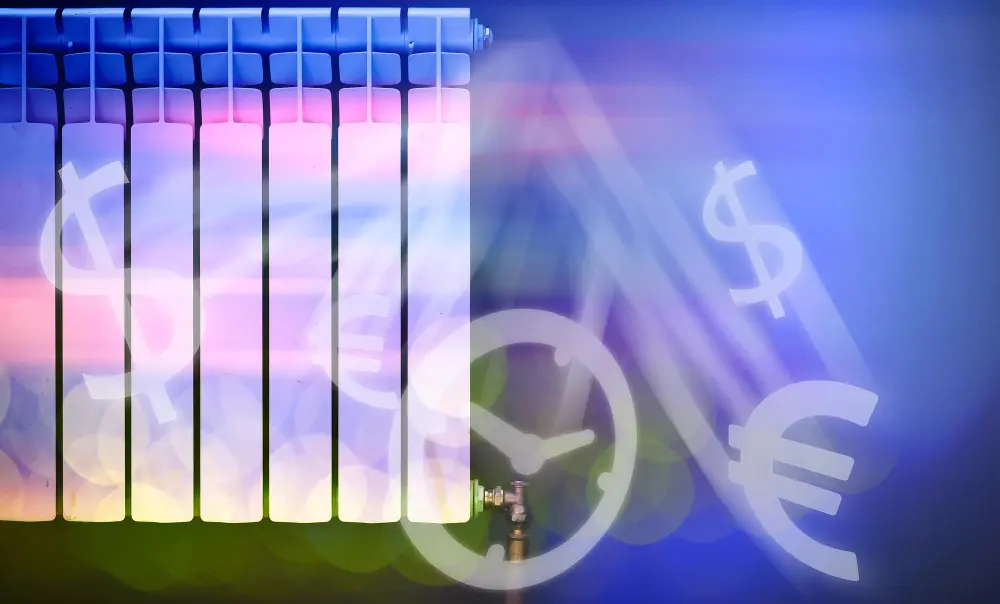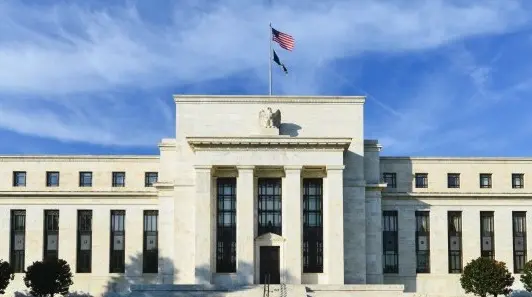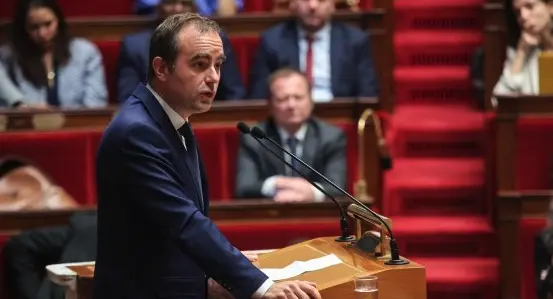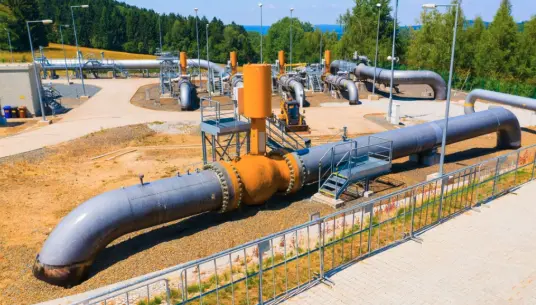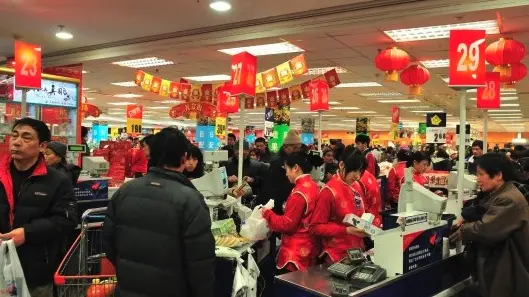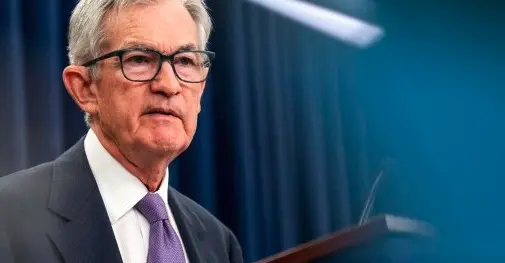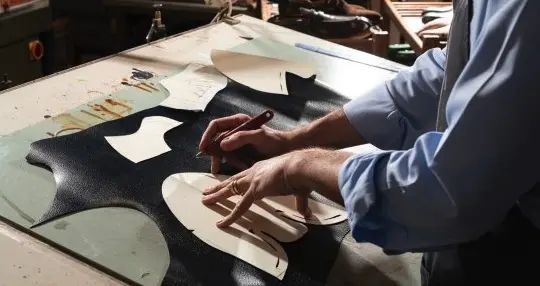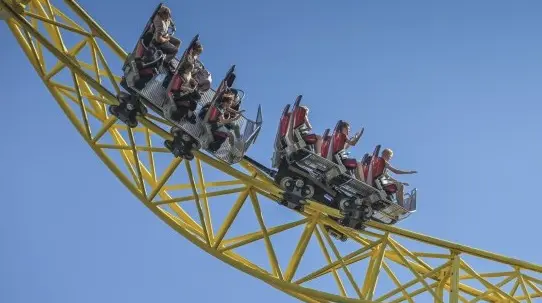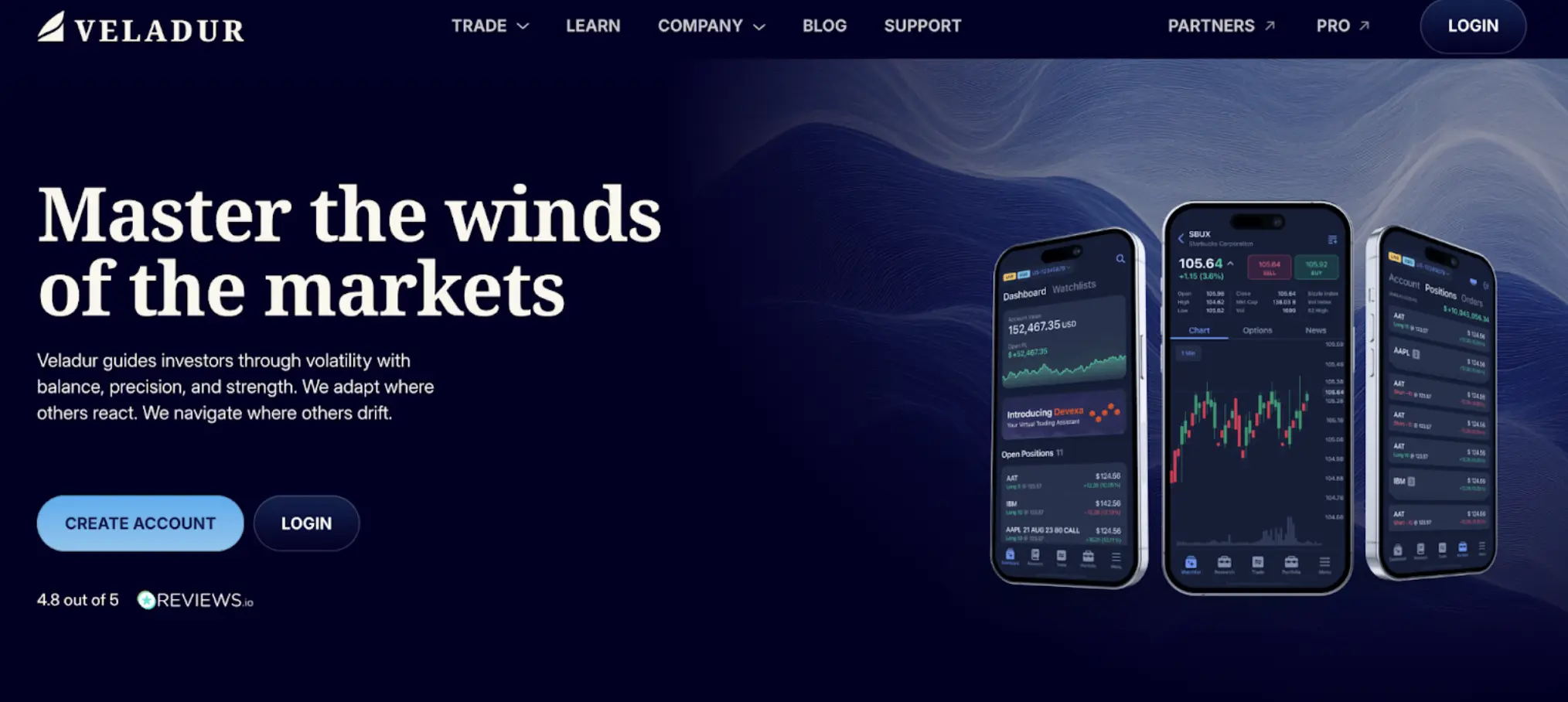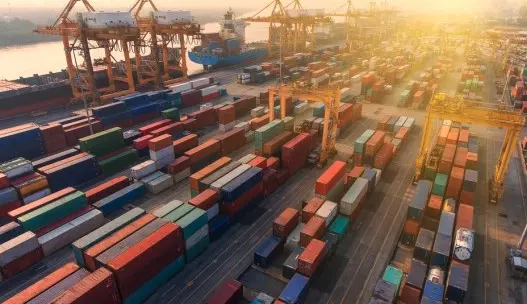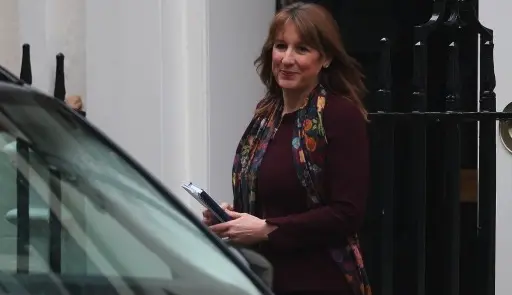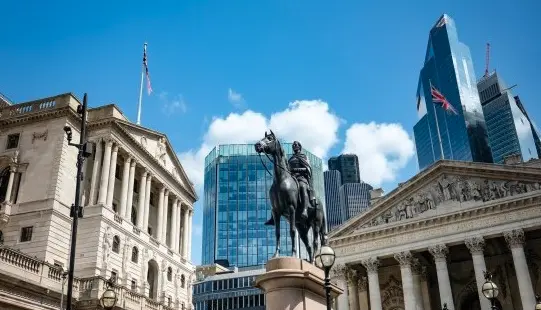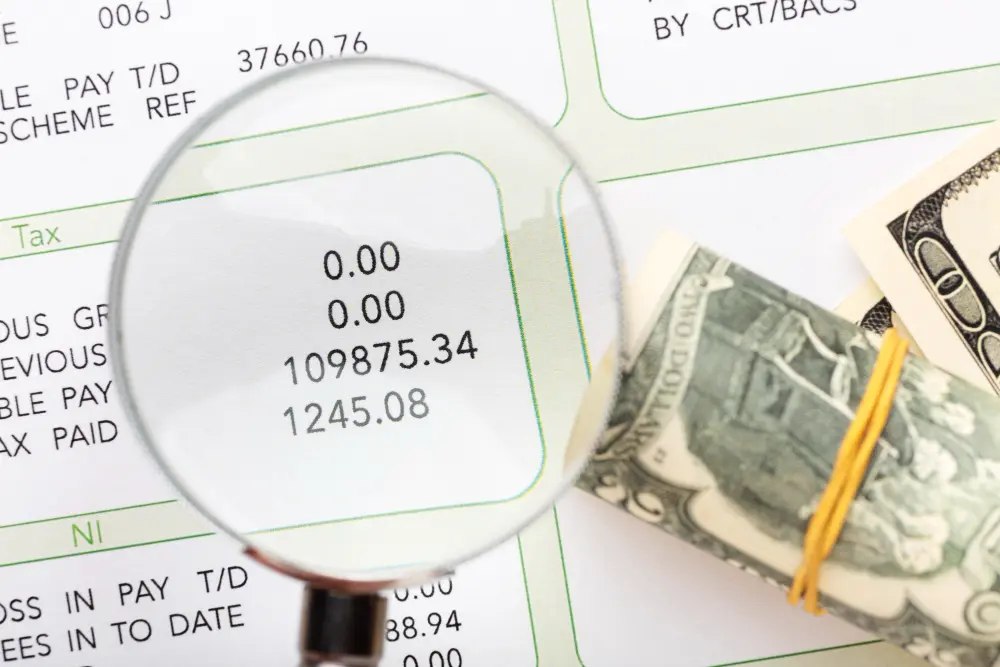Russian copper share near highest in a decade
As of 31 January, Russian copper made up 94.2% of total LME copper inventories. This is up from 63% in early October 2022, and just shy of a historical high of 95% seen in September 2021. However, the LME noted that market participants do continue to withdraw Russian copper from its warehouses, indicating continued demand for the material.
For nickel, Russian material made up 15.8% of total inventories, up from 1.4% in early October, but still well below the highs of 64.8% seen in January 2013.
Finally, Russian aluminium accounted for 40.6% of total LME aluminium inventories, up from 14.9% in early October, but still some distance from the highs of 73.7% seen back in November 2014.
However, given the increase in aluminium inventories this week, it is likely that the proportion of Russian material is currently higher than the report suggests.
Read next: Tesla Will Increase Output For 2023, Deliveroo Are Planning To Cut Jobs| FXMAG.COM
LME aluminium inventories jumped by more than 100,000 tonnes on 7 February, in the largest increase in nearly a year, with metal going into South Korea’s Gwangyang port. This followed a 40,200 tonnes inflow on 25 January.
There is speculation that recent LME inventory increases in aluminium are being driven by Russian metal. The South Korean exchange warehouses are viewed as an attractive storage hub for Russian metal due to its proximity to Vladivostok, which is the main regional export hub for Russia’s aluminium.
The LME said higher Russian stocks of aluminium in Asian warehouses were expected by the exchange as during the consultation period Asian-based respondents tended towards not supporting a ban on the warranting of Russian metal, because Russian brands are broadly acceptable to many Asia-based consumers.
If we continue to see an increasing amount of self-sanctioning of Russian metals, the risk is that we see more Russian metal being delivered into LME warehouses and staying there, which could potentially mean that LME prices trade at discounted levels to actual traded prices.
The LME said the rising levels of Russian metal had not yet reached a point where the bourse needed to take action.
| 